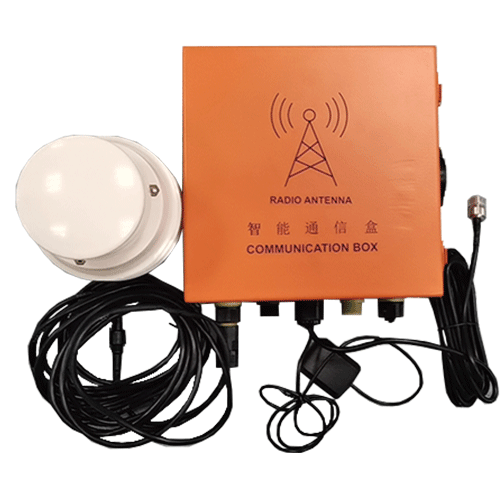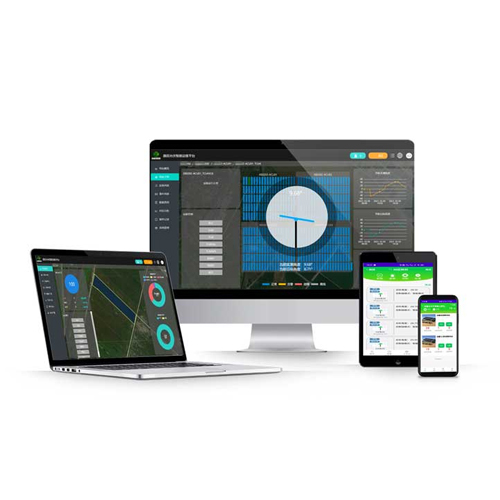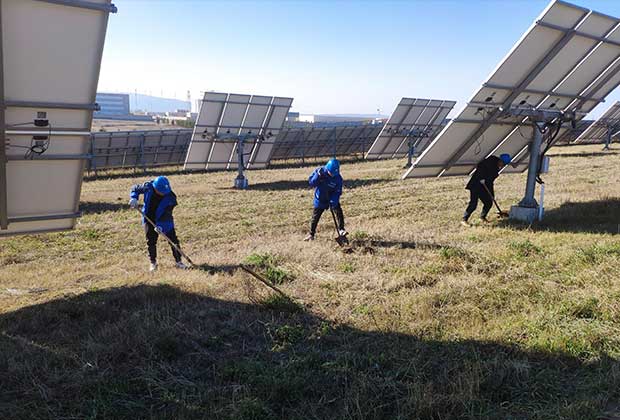In the pursuit of harnessing renewable energy sources, solar power stands out as a reliable and sustainable option. To maximize the efficiency and output of solar panels, technological innovations such as sun tracking devices have emerged. These devices are designed to optimize the positioning of solar panels throughout the day, following the sun's path and maximizing solar energy capture. In this blog, we will explore the advantages of sun tracking devices and how they contribute to the advancement of solar energy systems.
Increased Energy Production
Sun tracking devices offer a significant advantage over fixed solar panels by continuously adjusting their orientation to face the sun. This dynamic movement ensures that the solar panels are always positioned at an optimal angle, allowing them to capture a higher amount of sunlight throughout the day. As a result,
solar tracking control system can generate significantly more energy compared to stationary panels, leading to increased power output and greater energy production.
Enhanced Efficiency
By actively tracking the sun's movement, sun tracking devices improve the efficiency of solar panels. Traditional fixed panels are designed for an optimal tilt angle based on the average sun position throughout the year. However, this fixed position limits their efficiency during early morning, late afternoon, and seasonal variations. Sun tracking devices, on the other hand, continuously adjust the tilt and azimuth angles to align with the sun's position, ensuring maximum exposure to sunlight. This increased efficiency translates into higher energy yields and improved overall system performance.
Extended Daily Production Window
Fixed solar panels have a limited window of peak production when they are directly facing the sun. In contrast, sun tracking devices expand this window by actively following the sun's path from sunrise to sunset. By continuously adjusting the panel's position, sun trackers capture sunlight from different angles and increase the duration of peak production. This extended daily production window allows for a more consistent and prolonged generation of solar energy, optimizing the utilization of daylight hours.
Optimal Use of Available Space
Space utilization is a crucial factor in solar power plant design and installations. Sun tracking devices enable the efficient use of available space by maximizing the energy output per unit area. As the panels dynamically adjust their orientation, they can be positioned closer together, minimizing the space required for a given power capacity. This advantage is particularly valuable in areas where land availability is limited, allowing solar installations to be more compact and efficient.
Adaptability to Variable Conditions
Sun tracking devices are designed to adapt to variable weather conditions and environmental factors. By continuously monitoring the sun's position and ambient conditions, these devices can respond to changes in cloud cover, shading, and other factors that affect solar panel performance. The ability to dynamically adjust panel orientation ensures that solar energy systems remain optimized even in challenging weather conditions, increasing their reliability and resilience.
Sun tracking devices offer several advantages that contribute to the advancement and efficiency of solar energy systems. Their ability to actively follow the sun's path throughout the day maximizes energy production, enhances efficiency, extends the daily production window, optimizes space utilization, and adapts to variable conditions. As solar power continues to play a pivotal role in the transition to clean energy, the adoption of sun tracking devices presents a valuable opportunity to unlock the full potential of solar energy and accelerate the global shift towards a sustainable future.
 English
English  中文
中文



